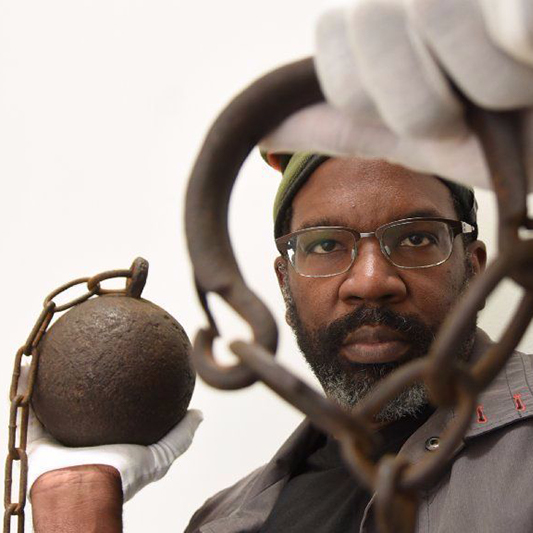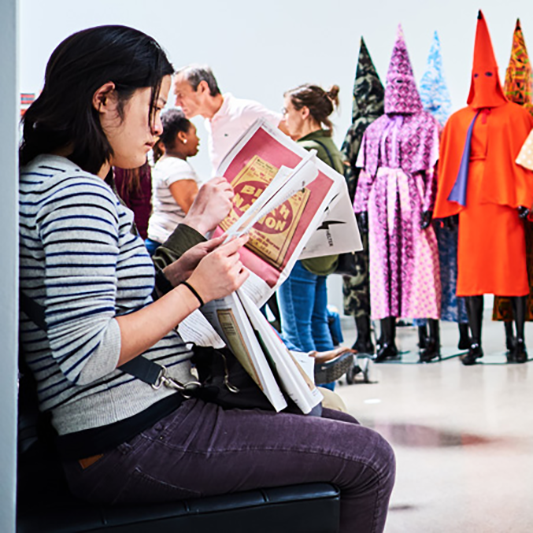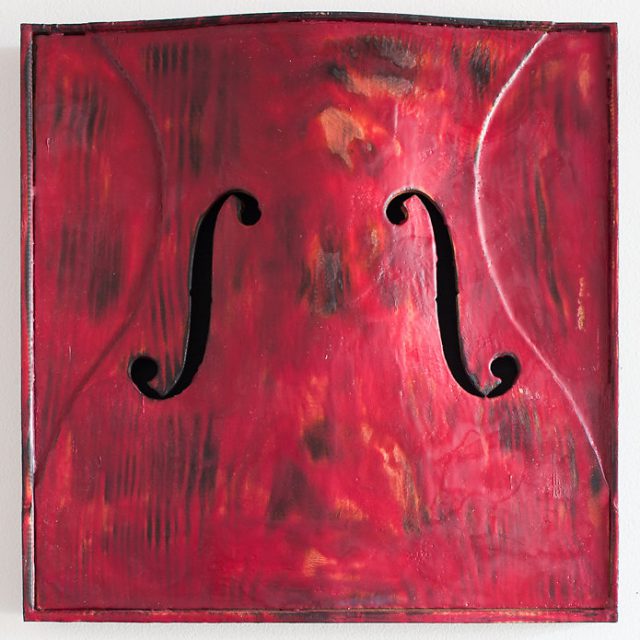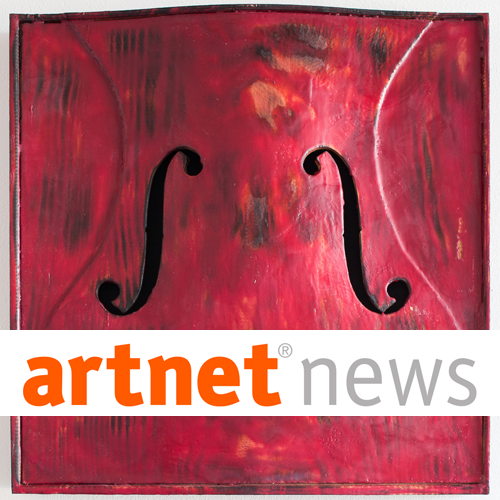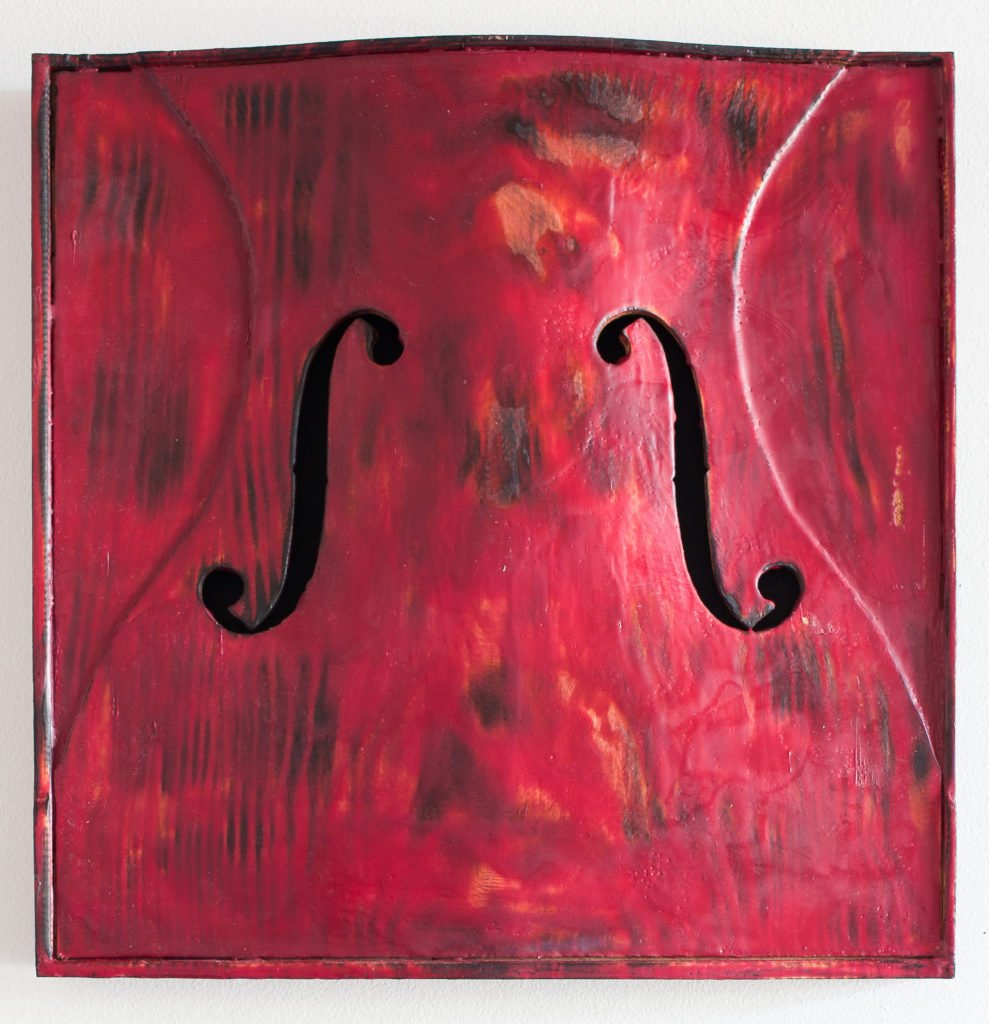We asked historians to weigh in on the role that artists have played in past instances of social, economic, and cultural unrest.
Artnet News, June 16, 2020
Paul Rucker
Assistant professor and iCubed research fellow, Virginia Commonwealth University
Paul Rucker, Red Summer. Photo courtesy of the artist.
The last major pandemic, in 1918, was followed by race riots and massacres in 38 cities in 1919, now known as the Red Summer. Early last year, I presented a show by that name at Kenyon College, which included newspapers and lynching postcards from the time, as well as original sculptures and performances, anticipating a reprise of this rarely talked-about major historical event.
It’s easy to see a parallel between then and now. Many point to potential positive outcomes from what the COVID-19 pandemic and this year’s global protests against police violence have exposed. But there should be caution along with the optimism and action. After the Red Summer came the Black Wall Street massacre and other forms of retribution: the passing of the Johnson-Reed Act of 1924, which banned Chinese immigration and imposed immigration quotas, and the rise of the Ku Klux Klan. Unintended consequences could lead to white supremacy strengthening through today’s events.
